Latvia
Latvia is a unitary state composed of municipalities (novads) and cities (pilsēta). The creation of new regional governments has been postponed and the elements of regional governments are fulfilled by 5 planning regions.
CEMR in Latvia – Latvian Association of Local and Regional Governments (www.lps.lv)










Local governments
The council (dome) is the local authority's legislative body. Its members are councillors elected by direct universal suffrage for a period of four years. The council elects the chairperson of the council and members of the standing committees from among its councillors. The existence of both the Finance committee and Social, Education and Culture committees are mandatory. However, local authorities are free to set up other standing committees, all of them are composed of politicians and local experts. Standing committees prepare draft decisions for the council.
The chairperson of the council (priekšsēdētājs) is elected by and from within the council for a four-year term. He/she chairs the council and the Finance committee.
Six state cities together with surrounding municipality will work out joint spatial development planning documents
-
The competences of local authorities can either be autonomous (determined by law or voluntary) or delegated by the state or central government. The competences listed below are autonomous, determined by law:
- Water and heating supply
- Waste management
- Public services and infrastructure
- Public management of forests and water
- Primary and secondary education
- Culture
- Public health
- Social services
- Child welfare
- Social housing
- Licencing for commercial activities
- Public order and civil protection
- Urban development
- Collection of statistical information
- Public transport
- On-going training for teachers









Regional governments
The regional development council (Plānošanas reģiona attīstības padome) is elected by representatives of all local governments, whose administrative territories compose the territory of the respective planning region. Its members are local councillors, who are involved directly.
The regional development council elects the chair and executive director (head of the administration of the planning region). The administration of the planning region is responsible to the regional development council. Planning regions have their own property, legislative and administrative rights and responsibilities.
-
Planning regions have autonomous competences determined by law (development planning and spatial planning, including legislative elements; organisation of public transport, in cooperation with central government) and delegated competences (mainly coordination of the replacement of deinstitutionalization of social care and coordination of the regional scale public investment policy).
